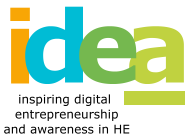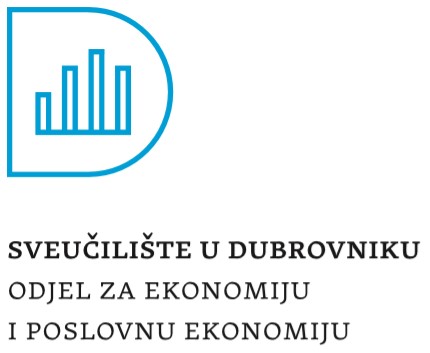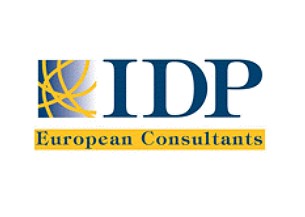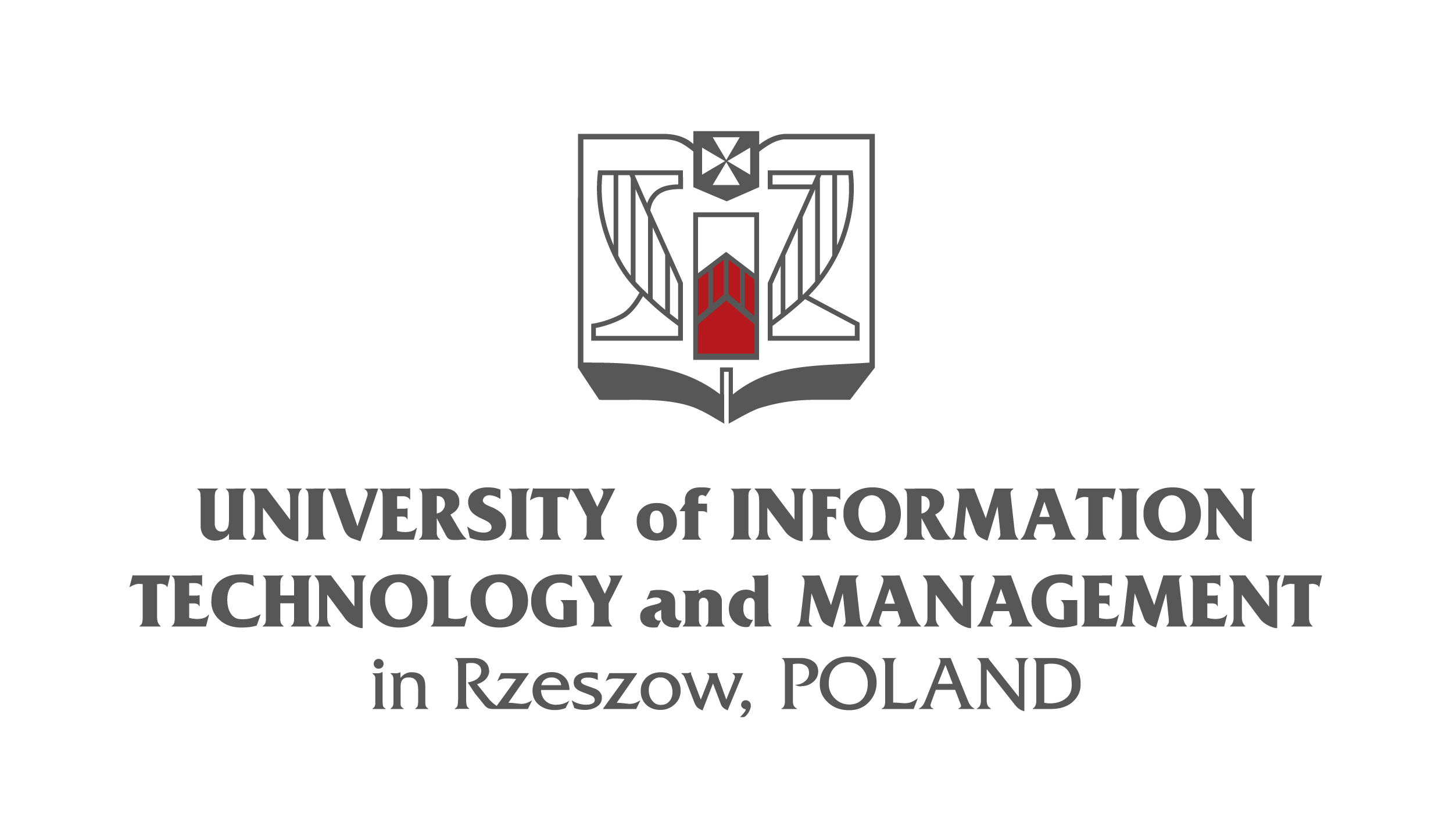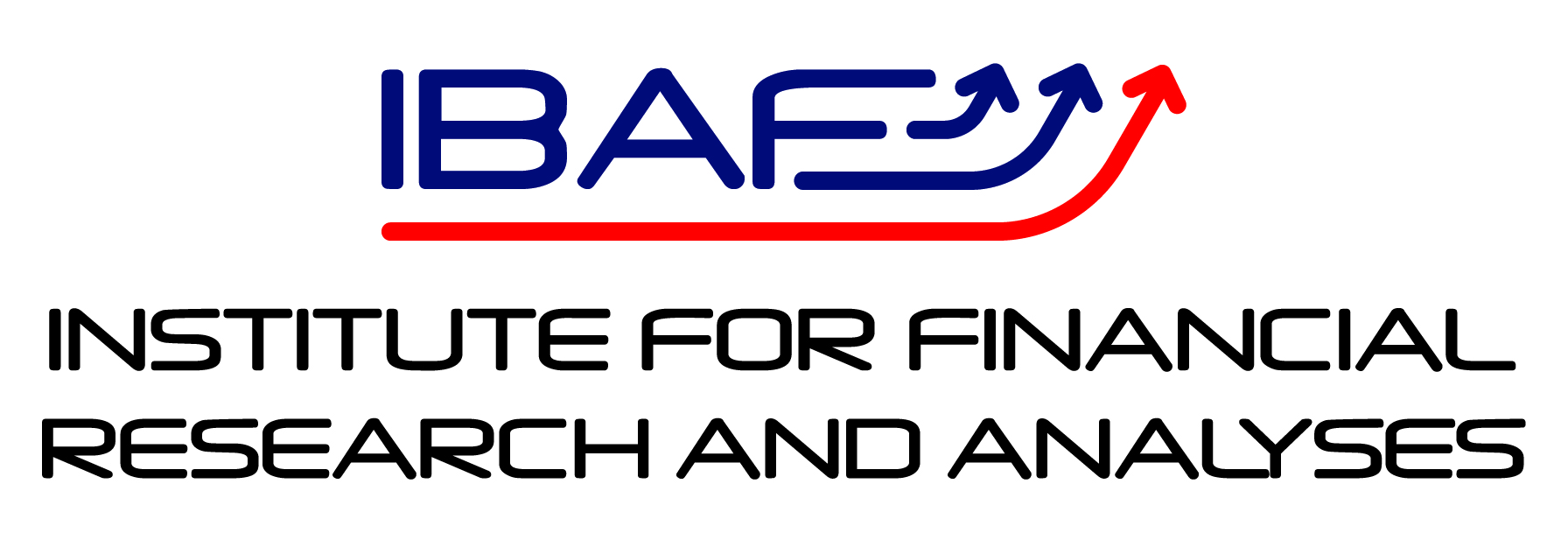
Glossary
Social selling
Social selling is the process of engaging audience, nurturing relationships and extending social reach through the social networks as part of the sales strategy.
Brand storytelling
Brand Storytelling refers to sharing company’s story to connect with the audience.
Branded Content
Branded content consists of creating content that is directly related to a brand, letting consumers to make the connection with the brand.
Brand Identity
Brand identity is memorable and unique set of brand associations implying a promise to customers.
Brand
According to the American Marketing Association (AMA), a brand is a “name, term, sign, symbol, or design, or a combination of them, intended to identify the goods and services of one seller or group of sellers and to differentiate them from those of competition.”
The venture pyramid
is a concept to structure the search process to identify the business model fit. It structures critical business assumptions while those that are the most critical reside at the bottom of the pyramid.
Digital Business Model
is a business model that leverages digital technologies to improve several aspects of an organization and helps enhance its value proposition.
Lean Canvas
is a tool developed as an adaptation of the Business Model Canvas in order to better fit the start-up businesses. Lean Canvas is focused mainly on entrepreneur and fast formulation, fine-tuning, and validation of a business model. In Lean Canvas the Problem, Solution, Key metrics & Unfair advantage replace Key partners, Key activities, Key resources, Customer relationships.
Business Model Canvas
is a visual representation of a business model in a one-page format. It is a blueprint in which you can fill the most important attributes of your business model in a pre-defined structure and a brief, easy-to-follow format. The nine building blocks are: customer segments, value propositions, channels, customer relationships, revenue streams, key resources, key activities, key partnerships, and cost structure.
Business model
is the underlying logic of how a business creates, delivers, and captures value. In simple words, business model explains how your business will work.
Business Model
The business model “articulates the logic … that demonstrates how a business creates and delivers value to customers [and] outlines the architecture of revenues, costs, and profits associated with … delivering that value” (Teece 2010, p. 173). The process of designing a particular business model is typically engaged by sensing the existence of customers with an unmet (or poorly met) need who are willing and able to pay for a potential product or service. A successful business model will provide a customer solution that can support a price high enough to cover all costs and yield profit that is at least sufficient to support the business and its growth.
Consumer purchasing option
A product or service offering can be packaged in many ways for customer purchase. The packaging is here referred to as the customer purchasing option. This can have a significant effect on the customer’s willingness to purchase, the process whereby a purchase is made and, on the revenues, and margins that are achieved.
Pricing Strategy
Pricing Strategy is used by businesses to determine how much to sell their goods or services for. Calibrating the right pricing strategy assumes a detailed understanding of product, market, and customers.
Value capture
Value capture is the process of securing profits from value creation and the distribution of those profits among participating actors such as providers, customers, and partners (Chesbrough et al., 2018).
Value creation
Value creation is the processes aimed at increasing value generation.
Digital Entrepreneurship
Digital entrepreneurship can be defined as entrepreneurial opportunities being created and pursued through the use of technological platforms and other information communicating equipment. Therefore, digital entrepreneurship may fall within many categories of business. As technology advances and cultivates, so too will these categories (e.g. marketing, sales, products, distribution, stakeholder management, operations) and new categories can potentially be fashioned.
Elevator Pitch
A catchy and intriguing presentation of the business idea aimed to conquer and enchant the interest of the investor. Elevator Pitches are known for the characteristic of being extremely short and concise: the might last from a minimum of 30 sec. up to a maximum of 2 min.
Financial Plan
The FP concerns a synthetic but very comprehensive evaluation of the financial and economic capacity of a firm. A robust FP refers to three documents representing also the three primary financial statements:
• Balance Sheet – Assets vs Liabilities
• Income Statement – Revenues vs Expenses
• Cash Flow Statement – Incoming vs Outgoing cash
Business Plan
The Business Plan (BP) is the formal document that provides a structured snapshot of the business. The content of a BP is normally articulated in few specific sections covering all main business dimensions:
• Brief presentation of the business idea, the entrepreneurs and its core staff
• Brief presentation of the product/service
• Marketing Analysis (which market segment we are going to occupy)
• Long-term development perspective
• Environmental impact
• Finance and expected profitability
Data Analytics
A formal definition of Data Analytics describes it as a way to decode digital data highlighting highly meaningful information so to establish “predictive knowledge models” rather than descriptive ones. In Business Management, Data Analytics is an essential strategic tool at the disposal of executives and directors.
Cloud Computing
Cloud Computing solutions allow you to exploit very important hardware and software resources from remote. These services are provided by specialised companies that – depending on their offer – might allocate or manage the resources on behalf of the client.
ORM – Online Reputation Management
Online Reputation Management (ORM) concerns the monitoring, evaluation and empowerment of the firms’ public perception at the eyes of customers, competitors, investors/shareholders and general public. Numerous studies have shown that firm’s public image in the online domain represents one of the most important strategic assets for a business.
Digital Transformation (OECD definition)
“Digital transformation refers to the economic and societal effects of digitalisation (i.e. the conversion of analogue data and process into machine-readable format) and digitalisation (i.e. the use of digital technologies and data, as well as interconnections that result in new or modified activities)”.
DE: Definition of OECD
“[…] the creation of digital businesses and the adoption of digital technologies by existing entrepreneurs. Under-represented population groups in entrepreneurship could be more likely to benefit from certain features of digital technologies for business creation and growth, including the lower start-up costs required for many digital businesses and the wider access to external markets offered by the internet”.
DE: Definition of EU Commission
“Digital entrepreneurship embraces all new ventures and the transformation of existing businesses through novel digital technologies.
[Digital enterprises] are characterised by a high intensity of utilisation of novel digital technologies (particularly social, big data, mobile and cloud solutions) to improve business operations, invent new business models and engage with customers and stakeholders”.
Business Model Canvas
The Business Model Canvas is a graphic diagram useful for developing new business models or perfecting existing ones. With “Business model”, we indicate the set of organisational and strategic solutions that allow the company to create, distribute and acquire value.
Entrepreneurial Opportunity
A business opportunity occurs when the product/good/service produced meets market needs not yet satisfied and/or define an innovative way to efficiently use the same resources. Indeed, the combination of the value sought and value creation capability determines an entrepreneurial opportunity.
Digital Leadership
Effective digital leaders are distinguishable by four traits:
1. They understand that digital transformation is not a mere innovation project but a new restructure of the business on its own
2. They value digital talents and they invest on the empowerment of their team
3. They are not afraid to commit financial resources to next-gen technologies
4. Digitalisation is strongly perceived as a unique opportunity – rather than a plausible option
Most importantly, digital leaders are well aware that digital innovation is first of all a matter of people and how ICT culture is widespread across all functions. Digital awareness is the fundamental assumption through which competitive organisations are forged.
Business Plan
Business plan is a written summary of an entrepreneur's business proposal, its operational and financial details, its opportunities and marketing strategy, as well as the skills and abilities of its managers. It indicates the way forward to lead a company to success.
GANTT Chart
The Gantt Chart is a support tool for project management. It is built starting from a horizontal axis - representing the total time frame of the project, divided into incremental phases (e.g. days, weeks, months) - and from a vertical axis - representing the tasks or activities that make up the project.
SWOT Analysis
The SWOT analysis (also known as the SWOT matrix) is a strategic planning tool used to evaluate, strengths, weaknesses, opportunities and threats of a project or in an enterprise or any other situation in which an organisation or an individual must make a decision to achieve a goal.
E-negotiation
E-negotiation, or electronic negotiation can be defined as ‘the process of. conducting negotiations between business partners using electronic means.’
This can refer to negotiating via telephone, email, IM, videoconferencing, but also to automated AI-based negotiation and decision making (such as bot to human or bot to bot negotiation, bidding, bargaining).
Conflict management
Conflict management can be defined as the process of handling and solving disputes and between at least two parties, by using specific techniques. Conflict is inevitable due to differences in personal characteristics, interests and goals, and it is not always bad – it can lead to better creativity and problem solving.
According to the Journal of Business Management, ‘Conflict management involves acquiring skills related to conflict resolution, self-awareness about conflict modes, conflict communication skills, and establishing a structure for management of conflict in organizational environment’
Cross-cultural communication
According to the SAGE Encyclopedia of Communication Research Methods (2017), used interchangeably with the term inter-cultural communication, the term ‘cross-cultural communication’ refers to the ‘process of creating and sharing meaning among people from different cultural backgrounds using a variety of means’.
Telecommuting
Also known as remote work, it refers to a working style allowing employees people to work outside a traditional office, while communicating with the other team members through electronic means.
Virtual team
A virtual team can be defined as a work arrangement which, through digital means, brings together people with various skills. They work interdependently, from different physical locations, and have limited, if at all, face to face contact. Nowadays, organizations use more and more often this type of collaboration, as it has various advantages, such as maximizing functional expertise while reducing costs, 24/7 productivity due to time zone difference, business internationalization, overhead, relocation and travel costs.
SEO
“Search Engine Optimization”. It is a series of online strategies that aim to increase a website visibility, so they can appear in higher positions on the results lists of search engines.
SEM
“Search Engine Marketing”, they are payment advertising campaigns on browsers, so websites can appear better positioned by a bidding system.
Email Marketing
Consists on email advertising campaigns: send messages to get to new customers, develop the relationship with the current ones, interact with contacts, increase sells…
Keyword
It is a word or group of terms that users search on browsers. Search engines then show results related with the keywords introduced.
Hosting
Its service consists on providing users with a space on a server to store the data, files and information needed for the web correct performance of their website.
Digital Entrepreneurship
is creating new ventures and transforming existing businesses by developing novel digital technologies and/or novel usage of such technologies
